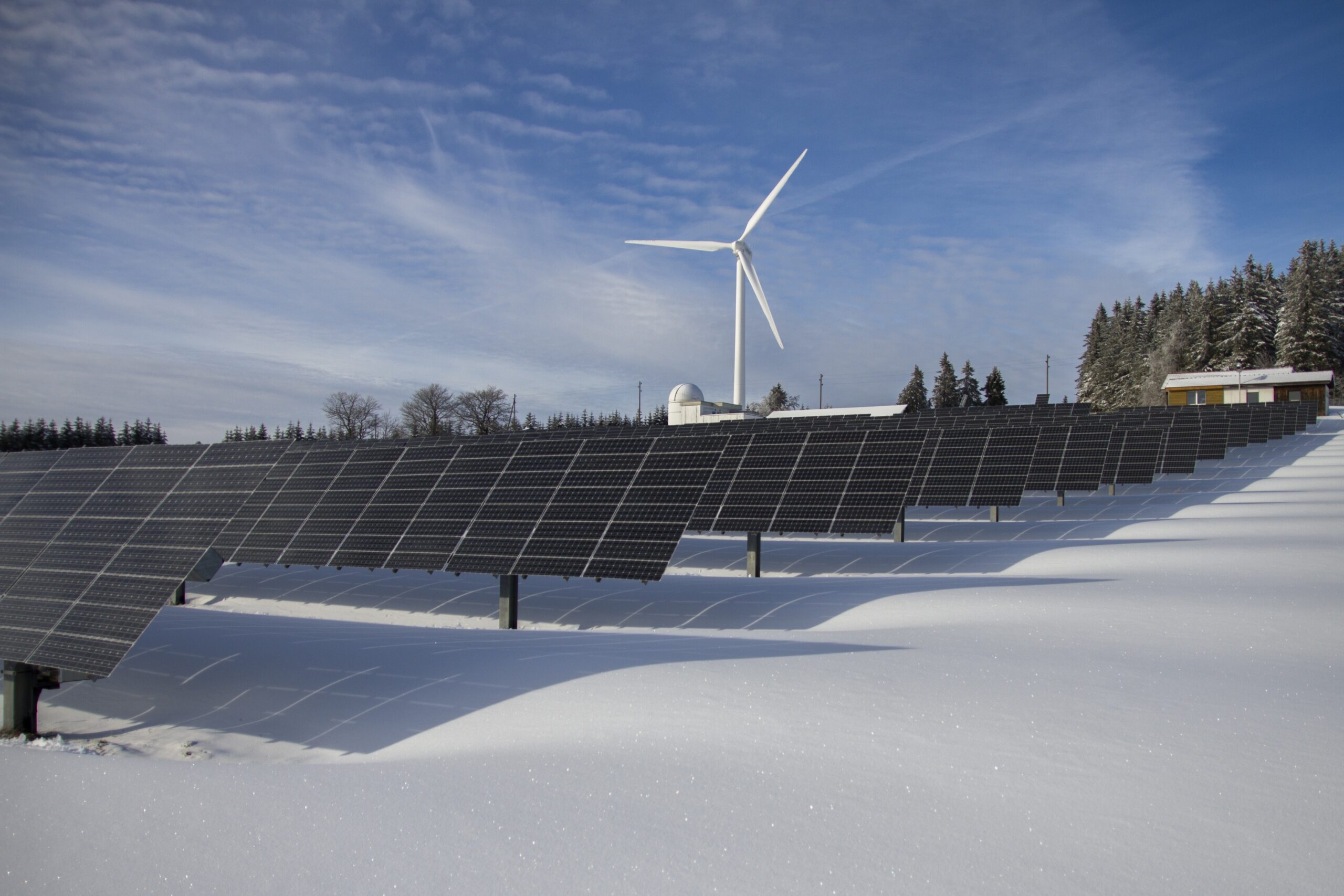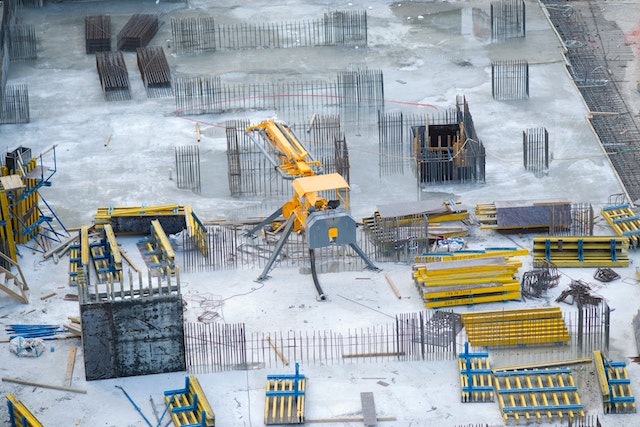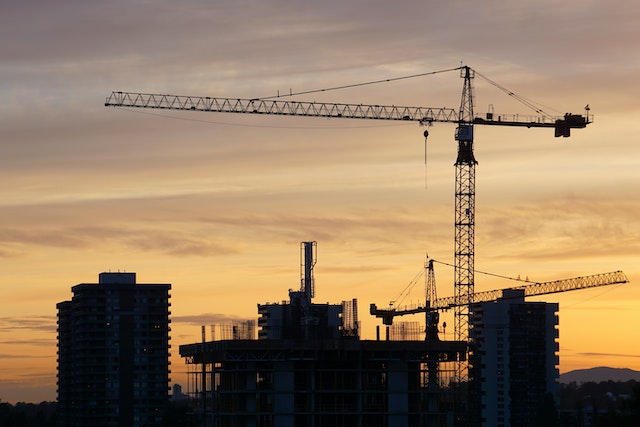
Greenscape Construction Trends
Surety Bond Professionals is a family owned and operated bonding agency with over 30 years of experience. With access to a broad range of surety markets, our expert agents are ready to assist with all of your construction bond needs. What Is Greenscape Construction? Greenscaping is a type of landscaping architecture that aims to create sustainable landscapes that benefit society and the environment while saving money. Greenscape construction projects range in size from small municipal parks and school campuses to sports plexes, industrial parks, and other spaces comprising hundreds of acres. The project owners may be government entities, commercial enterprises, sports complexes, or institutions such as colleges or medical centers that are making a commitment to environmental stewardship. In many municipalities, they have adopted greenscaping as the primary approach for dealing with condemned buildings and vacant lots, turning such spaces into sustainable greenspaces, including gardens, playgrounds, parks, or sports facilities. In the spirit of environmental stewardship, someone should deconstruct rather than demolish unwanted buildings, making it easier to salvage building materials for reuse. What Does Greenscaping Involve? Greenscaping typically involves preservation of existing ecosystems and incorporates sustainable design elements such as green roofs, stormwater collection systems, rain gardens, irrigation...
Read more









